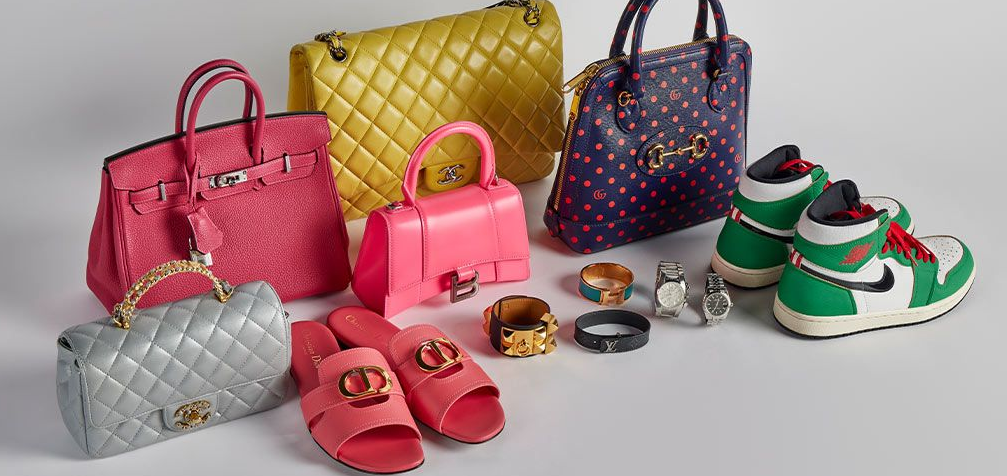The Future of Fashion Tech: Blending Human Creativity with Automation in 2025
When Creativity Meets Technological Precision
As we approach 2025, the fashion industry is poised for a dramatic shift in its relationship with technology. The fusion of human creativity with advanced automation is set to redefine the landscape of fashion design, manufacturing, and consumer experience. This transition is not just about machines taking over tasks; it’s about enhancing human capabilities, making processes more efficient while maintaining the essence of craftsmanship.


In the coming years, fashion tech will be marked by an even more seamless integration of human ingenuity and automation. Designers will leverage artificial intelligence (AI) and machine learning to predict trends and optimize designs, but it will still be the human touch that drives innovation. AI-driven tools will help designers streamline their workflow, enabling them to focus more on artistic expression rather than the technical aspects of production.
This blend of creativity and precision is not only revolutionizing design but also changing the way clothes are manufactured. Automation will take over repetitive tasks, such as cutting fabric and stitching, ensuring higher efficiency and consistency, but the hand of the designer will remain crucial in creating unique, one-of-a-kind garments.
The Rise of Smart Fashion
2025 will see an explosion in the development and use of smart textiles—materials embedded with sensors that can monitor everything from body temperature to heart rate. These innovations are not just practical; they also open up new opportunities for creativity in fashion. Designers are increasingly looking to create garments that respond to the environment or interact with the wearer’s body, making fashion more functional and personalized.
Wearable technology will also take center stage, as clothing becomes more than just a statement of style. From smart jackets to shoes that track fitness levels, consumers will demand fashion that adapts to their lifestyle. This new wave of fashion tech will also see brands incorporating sustainability, as eco-friendly materials and energy-efficient processes become more mainstream.
A More Personalized Shopping Experience
On the consumer side, fashion tech is poised to offer a hyper-personalized shopping experience. By combining AI with data analytics, fashion retailers will be able to offer consumers tailored recommendations based on their preferences, body type, and even their social media activity. Virtual fitting rooms, powered by augmented reality (AR), will allow shoppers to try on clothes in a virtual space, eliminating the need for physical dressing rooms and creating a more efficient shopping experience.
E-commerce platforms will also evolve with more intuitive interfaces, blending online shopping with physical store experiences. Virtual stores powered by AI and VR will become the norm, providing consumers with an immersive experience that allows them to browse and shop in new ways.
Sustainability Through Innovation
Sustainability continues to be a key driver in the evolution of fashion tech. Automated production systems will reduce waste by creating precisely cut patterns and minimizing excess material. Sustainable textiles, powered by AI, will play a larger role in the industry, enabling designers to create eco-friendly collections without sacrificing style.
Fashion brands will also embrace circular fashion models, where garments are recycled and repurposed, contributing to the broader trend of reducing fashion’s carbon footprint. The integration of blockchain technology will ensure transparency in the supply chain, allowing consumers to make informed purchasing decisions based on a brand’s sustainability efforts.
The Future of Fashion: Human-Driven Innovation with Technological Support
As we look to 2025 and beyond, it’s clear that the future of fashion tech is all about enhancing human creativity through automation. Technology will drive efficiencies, create personalized experiences, and promote sustainability, but it will always be human vision that fuels innovation. Fashion will continue to evolve into a hybrid world of artistic expression and technological advancement, where the possibilities are endless.



